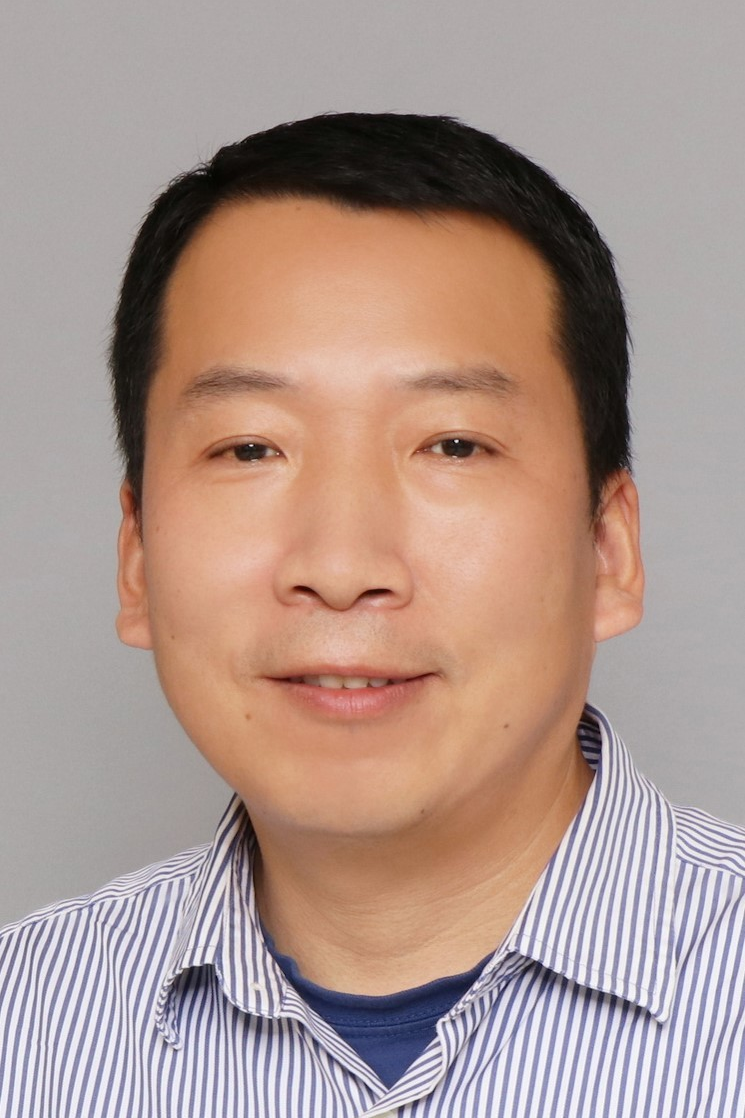- Undergraduate
- Prospective Students
- Current Students
- Research Awards & Scholarships
- Undergraduate Research Presentation Award
- CSC Silver Medal Award
- E. J. Wells Chemistry Book Award
- Melanie O'Neill Chemistry Undergraduate Award
- SCI Canada Student Merit Award
- Tony Parsad Award in Chemistry
- Chemistry Undergraduate Scholarship
- TransCanada Pipelines Research Scholarship
- Evelyn and Leigh Palmer Scholarship
- Undergraduate Research
- Graduate
- Research
- Department
- News & Events
- Contact Us
- EDI

Hua-Zhong "Hogan" Yu
Areas of interest
Analytical and Materials Chemistry
Education
- B. Sc. & M.Sc. - Shandong University
- Ph. D. - Peking University (Beijing)
- Postdoctoral Fellow - California Institute of Technology
- Postdoctoral Fellow - NRC Steacie Institute for Molecular Sciences
Lab Information
- LAB: TASC 2 7110
- TEL: 778-782-8070
- RESEARCH WEBSITE
Research
The research work conducted in my group as part of SFU 4D Labs spans a broad range of analytical, physical, and materials chemistry. We are currently working on the following projects:
Advanced Chemical Analysis: from Mobile Electronics to Biosensors. The main goal is to develop point-of-care quantitation methods for chemical analysis and medical diagnosis based on consumer electronics (disc player, office scanner, and smartphone) and mobile apps. Besides, we are interested in the de novo creation of functional DNA switch (aptamers, DNAzymes)-based electrochemical biosensors for quantitative detection of a wide variety of analytes (e.g., cardiac markers, pregnancy hormones, food toxins, and pesticides).
Physical Chemistry at Molecular Interfaces. Self-assembled monolayers (SAMs) are formed by the adsorption of organic molecules on solid surfaces. With their well-defined structure and great flexibility, SAMs are excellent model systems to gain fundamental understanding regarding interfacial physical chemistry (molecular binding and charge transfer). We have been recently interested in exploring supramolecular host-guest complexation at such molecular interfaces with different electrochemical and structural characterization techniques.
Applied Materials for Biochips and Beyond. The main goal of this project is to modify the surface properties of different materials for the fabrication of efficient biochips and for many other applications (textile and construction industry). Methods such as solvent-assistant recrystallization or unconventional silanization reactions have been explored for modifying the micro/nanoscale morphology of surfaces to achieve superhydrophobicity.
Publications
Click here to view publications.
Courses
Fall 2025
Future courses may be subject to change.

